'America's Wish Book' Sells Dreams
|
Article Images:
This article originally appeared in Issue# 57
|
Printed and dispersed widely in the latter decades of the nineteenth century, advertisements provided a vehicle by which urban life could be presented to the countryside and urban industrial values promulgated among rural folks.
A notable example of this was the massive distribution of the Sears-Roebuck Catalog among American farmers from the 1890s on. For many in the countryside, the advertisements in the catalog provided the first glipse of the city. Upon the crowded, densely printed pages of the catalog -- dubbed "America's wish book" --rural people saw configurations which contrasted sharply with the open spaces with which they were familiar. Here urban density was depicted not as a condition of poverty and squalor, but as a site of abundance. Against rural traditions of scarcity and self-sufficiency, advertising -- like the Sears catalog -- projected urban consumption as a route toward cornucopian existence.
On each page, people confronted a quantity and variety of material goods that was previously unimaginable. Advertising was a kind of urban map, suggesting a world of streets paved with gold.
— Stuart Ewen, Advertising and the Development of Consumer Society


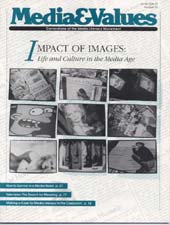


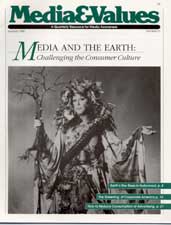

 Children and teenagers, eager to emulate their television heroes and heroines, may even feel that life owes them such an existence, and feel resentment if it does not live up to these expectations.
Children and teenagers, eager to emulate their television heroes and heroines, may even feel that life owes them such an existence, and feel resentment if it does not live up to these expectations.
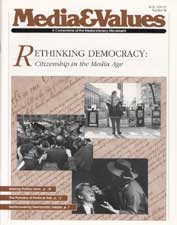
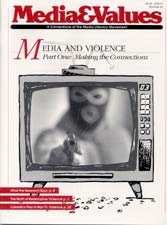
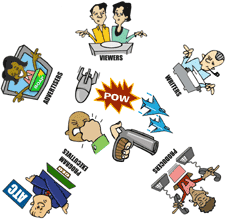 is important for children to learn early on the difference between reality and fantasy and to know how costumes and camera angles and special effects can fool or mesmerize them. Media literacy activities need to be integrated into every learning environment -- school, church or temple, Scouts and clubs.
is important for children to learn early on the difference between reality and fantasy and to know how costumes and camera angles and special effects can fool or mesmerize them. Media literacy activities need to be integrated into every learning environment -- school, church or temple, Scouts and clubs.